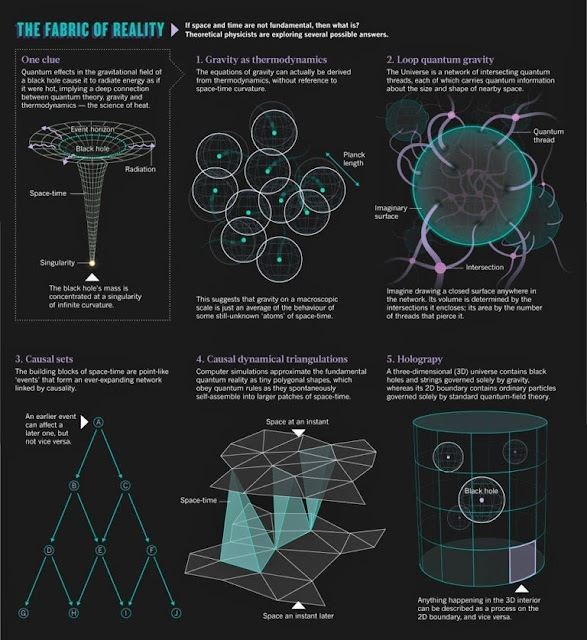Curvature of the universe-(part-2)
General relativity explains that mass and energy bend the curvature of spacetime and is used to determine what curvature the universe has by using a value called the density parameter, represented with Omega (Ω). The density parameter is the average density of the universe divided by the critical energy density, that is, the mass energy needed for a universe to be flat. Put another way,
If Ω = 1, the universe is flatIf Ω > 1, there is positive curvatureif Ω < 1 there is negative curvature
One can experimentally calculate this Ωto determine the curvature two ways. One is to count up all the mass-energy in the universe and take its average density then divide that average by the critical energy density. Data from Wilkinson Microwave Anisotropy Probe (WMAP) as well as the Planck spacecraft give values for the three constituents of all the mass-energy in the universe – normal mass (baryonic matter and dark matter), relativistic particles (photonsand neutrinos), and dark energy or the cosmological constant:
Ωmass ≈ 0.315±0.018
Ωrelativistic ≈ 9.24×10−5
ΩΛ ≈ 0.6817±0.0018
Ωtotal= Ωmass + Ωrelativistic + ΩΛ= 1.00±0.02
The actual value for critical density value is measured as ρcritical= 9.47×10−27 kg m−3. From these values, within experimental error, the universe seems to be flat.
Another way to measure Ω is to do so geometrically by measuring an angle across the observable universe. We can do this by using the CMB and measuring the power spectrum and temperature anisotropy. For an intuition, one can imagine finding a gas cloud that is not in thermal equilibrium due to being so large that light speed cannot propagate the thermal information. Knowing this propagation speed, we then know the size of the gas cloud as well as the distance to the gas cloud, we then have two sides of a triangle and can then determine the angles. Using a method similar to this, the BOOMERanG experiment has determined that the sum of the angles to 180° within experimental error, corresponding to an Ωtotal ≈ 1.00±0.12.




Comments
Post a Comment